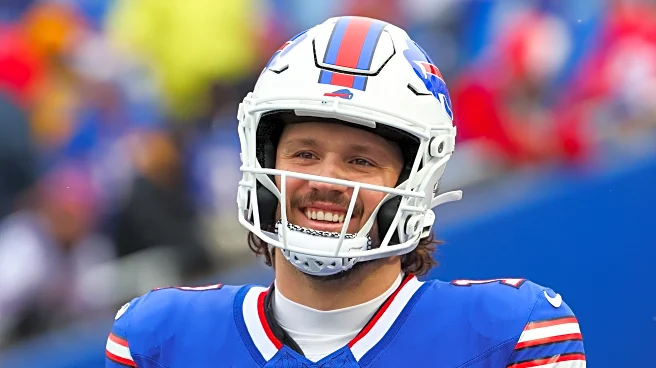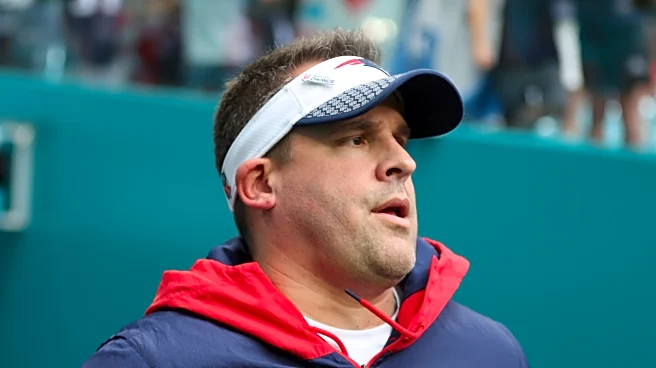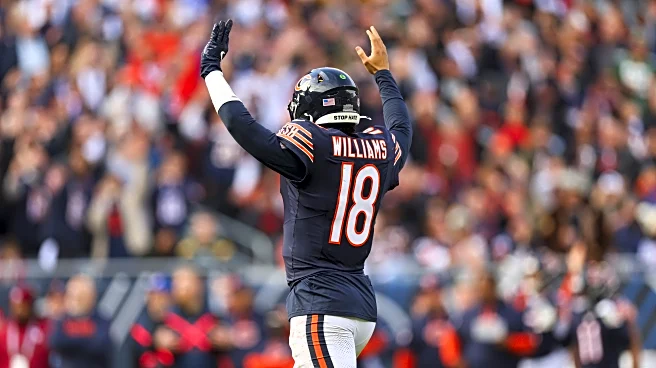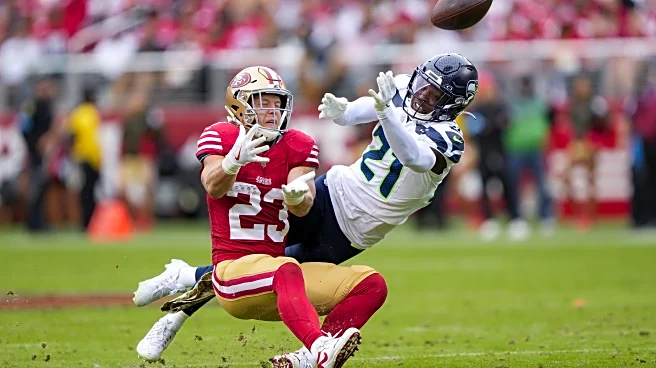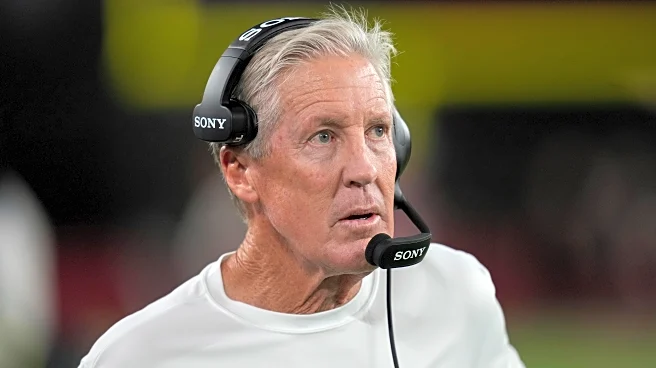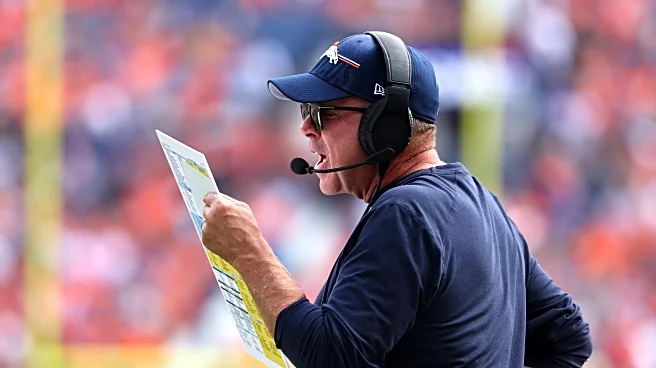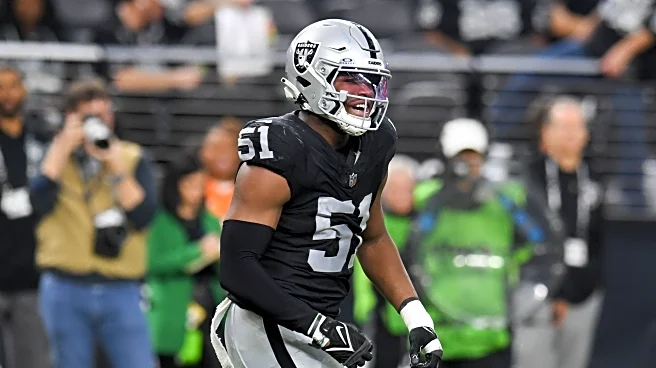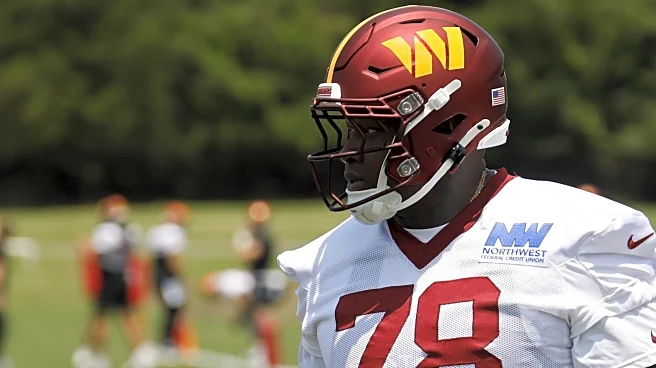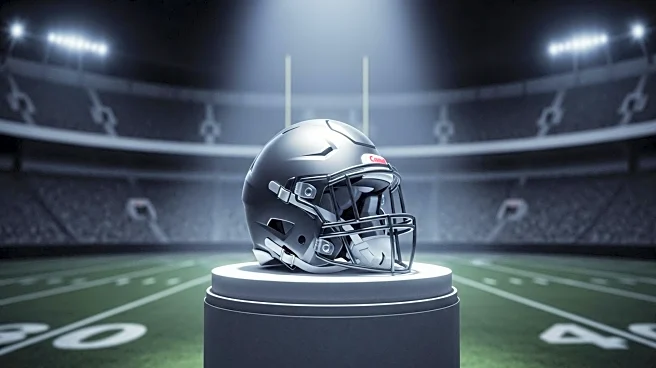
The National Football League wants to consume your every waking thought. It wants you to be invested in the largest professional American football league in the world every minute of every day or every year.
The second the regular season is over, they want you to focus on coaching and general manager changes. Then free agency shows up in March. The NFL Draft is in April just when free agency slows down. They’ll give you a couple weeks to ravenously consume all the post-draft reaction content you can
muster and then they’ll release the schedule in May. Training camps will start in July and that will keep the constant content train a’movin’.
But what about June? Mandatory minicamps aren’t long enough to really hold people’s attention for a meaningful amount of time. How does the NFL keep people constantly engaged in their product?
They launch the NFL Top 100 Players, which is a ranking of the league’s best from the lens of the players themselves. Every week, there’ll be reactions on social media from all 32 fan bases and all associated analysts dissecting what the countdown says, who’s too high and who’s too low. They can milk this weekly drip-feed of information all through the dogs days of summer right up to the start of the NFL regular season, serving a dual purpose of filling a gap in the NFL annual schedule while simultaneously giving training camp and preseason a little extra boost of background content.
Players will be interviewed.
People will argue on the internet.
And all will be as intended.
When viewed through that lens, the annual NFL Top 100 Players list makes complete sense. It’s an entertainment product, its main function to drive engagement and discussion. But all too often, people use the NFL players’ accumulating opinions as some form of data point in favor of their own views on a player; whether that person is good or bad, better than another player, or worse than another player.
“The people who are actually in the league think Bob is better than Jim; you think you know more than they do?”
There are many things wrong about this approach, but at the forefront of all conversations about the NFL’s top 100 players, there must be this statement: The system is not designed for actual analysis.
The way the NFL Top 100 list works is as such: the players are sent forms to fill out around Thanksgiving of every regular season. These forms ask for the player respondent to identify their top 20 players in the NFL and rank them. These top-20 lists are then submitted, at which point these votes are tallied and extrapolated to 100 players.
Right away we have identified a few massive problems in this data collection:
- The season is still playing out when players are voting
- A players’ opinion could vary drastically between Thanksgiving and the conference championship games, and they have no way of altering it once submitted. Players who submit their forms upon first receiving them are operating with a different data set than players who wait to submit their forms until later.
- In addition, players do not analyze the remainder of the league during the season, if they do at all. A player on the Las Vegas Raiders has no reason to analyze the play of a player on the New England Patriots unless the Patriots are that week’s opponent. They might catch a Patriots game while they’re on the bye week if they’re not vacationing with their families, but the truth if that expecting NFL players to be well-informed on the entire league during the season is insanity and leads to further bad results.
- The form only asks for your top 20
- The fact that players must identify only their top 20 players, when taken out to its logical conclusion, means that the following players were all identified by at least one player as being top 20 players in the entire NFL, regardless of position, for 2025:
- Jerry Jeudy
- Kyren Williams
- Bobby Wagner
- Patrick Queen
- Sam Darnold
- Frankie Luvu
- Joe Mixon
- Each one of the above players was listed as being a top 20 overall player on a ballot. Because the players can only pick 20, the pressure to make sure you include your buddy whose locker is next to yours or your team’s quarterback is enhanced and skews rankings dramatically. This is how you end up with Mac Jones and Blake Bortles making appearances on the NFL Top 100 list historically. Let me reiterate multiple people put Blake Bortles and Mac Jones in their top 20 players in the entire league at one point in their careers.
- The fact that players must identify only their top 20 players, when taken out to its logical conclusion, means that the following players were all identified by at least one player as being top 20 players in the entire NFL, regardless of position, for 2025:
Even if active players were set up for success through the logistics of the Top 100 voting process, it’s not as if NFL players, active or retired, have proven themselves to have opinions that are intrinsically better than an average football watcher. Networks may scoop up former NFL players for their charisma and ability to generate engagement, but there have been innumerable instances of current or former NFL players who have terrible football takes that make even the moderately informed fan cringe.
The truth is, the NFL Top 100 Players list isn’t even trying to be a valuable data point. It’s trying to be entertainment. It’s structured as such, it’s marketed as such, and it’s released as such. It simply needs to be consumed as such.
…and that’s the way the cookie crumbles. I’m Bruce Nolan with Buffalo Rumblings. You can find me on Twitter and Instagram @BruceExclusive and look for new episodes of “The Bruce Exclusive” every Thursday on the Rumblings Cast Network — see more in my LinkTree!
